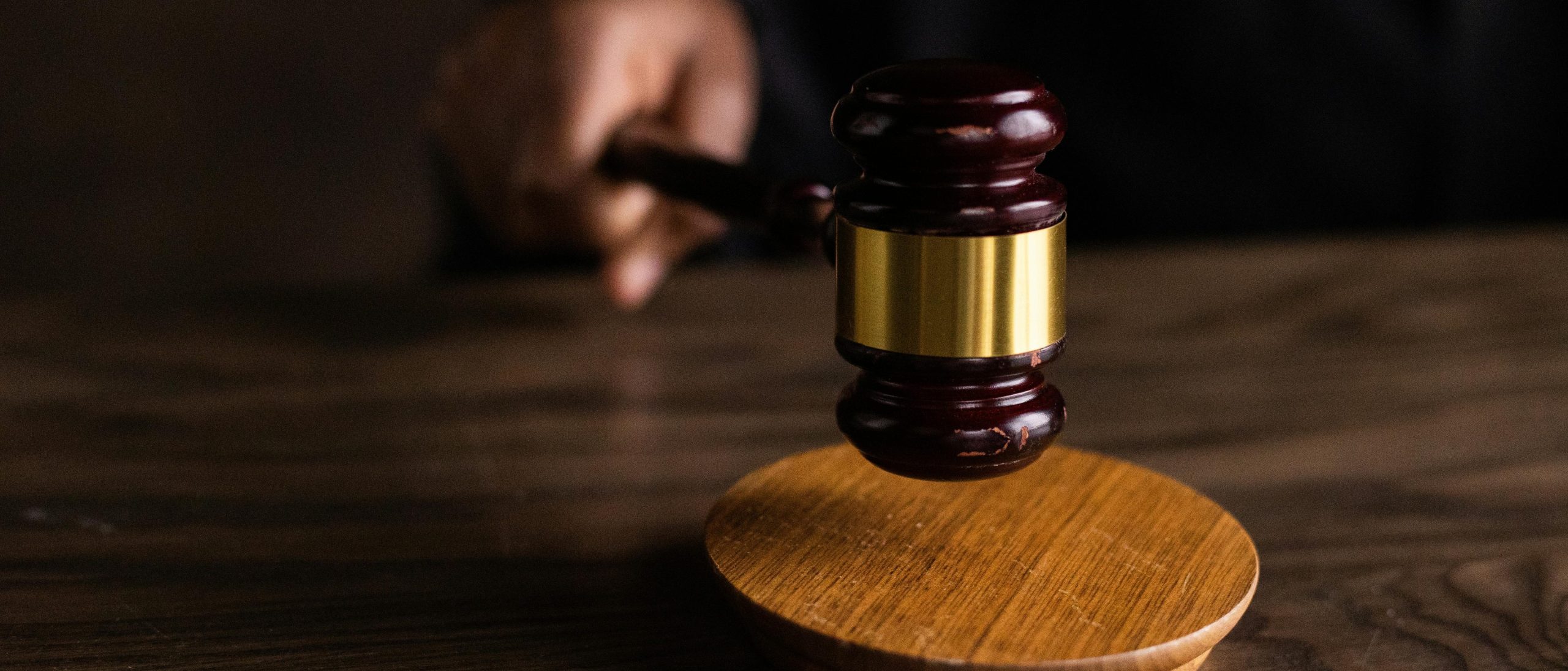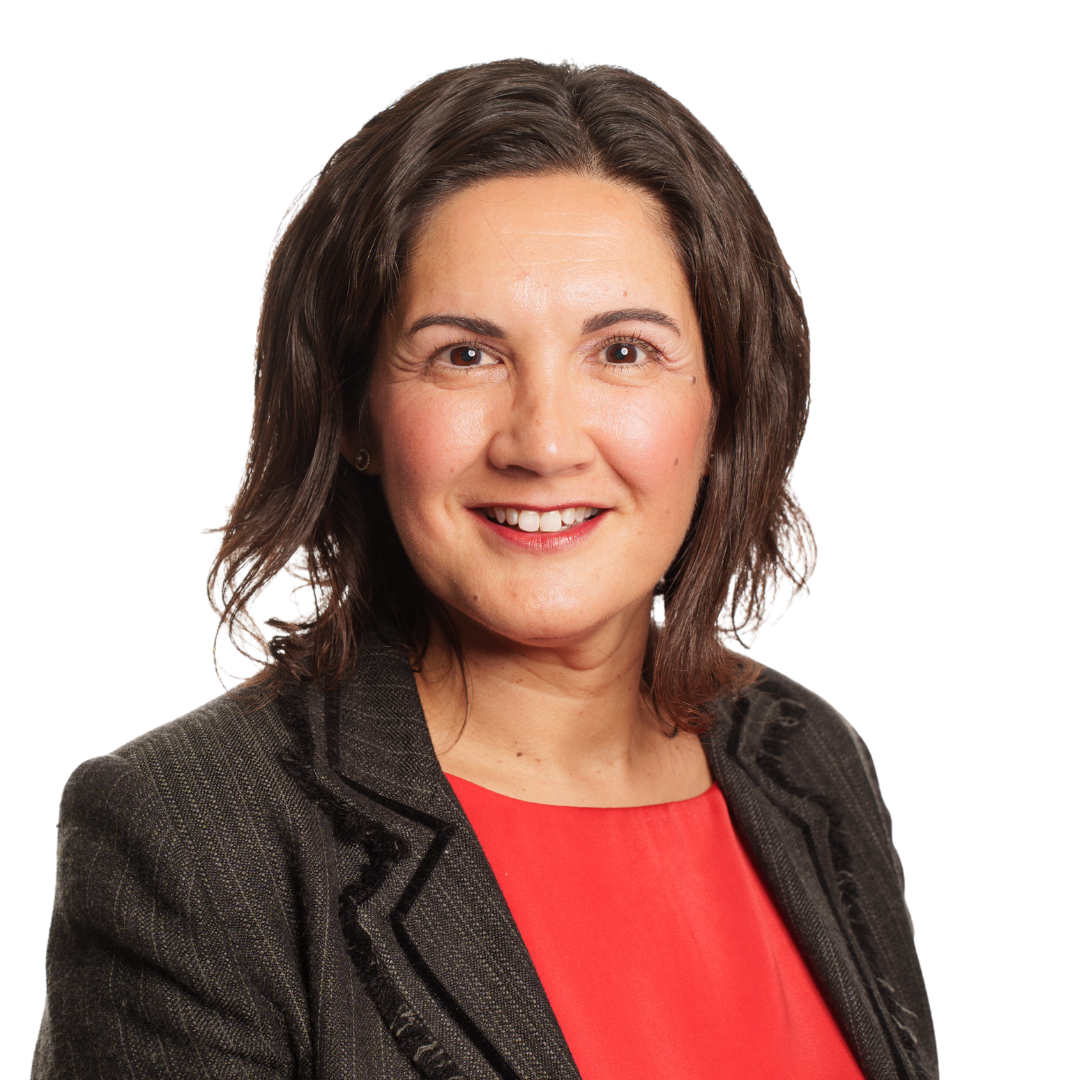On 21 May 2024, a second attempt at mediating the defamation dispute between Senator Linda Reynolds and Brittany Higgins failed and the matter is now likely to proceed to trial on 24 July 2024. We also note that Senator Linda Reynolds is seeking to set aside a transaction allegedly made by Brittany Higgins to a trust from the compensation she received from the Commonwealth of Australia.
In December 2022, Brittany Higgins signed a deed of settlement with the Commonwealth of Australia for compensation for her rape by Bruce Lehrmann in the Commonwealth Parliament House. The settlement was originally confidential but was made public as part of Bruce Lehrmann’s defamation case against Ms Higgins. The documents show that Ms Higgins received $2.445 million from the Commonwealth of Australia as compensation for Mr Lehrmann’s acts.
A ‘Daily Mail’ article published in August 2023 states that “following the settlement, Ms Higgins took Mr Sharaz on a holiday to the Maldives, rented a house on the Gold Coast and then set up a discretionary investment trust in February 2023 which protects her assets from any future lawsuit”.
Senator Reynolds is arguing that the trust was established simply to protect Ms Higgins’ newfound wealth. Senator Reynolds set out in a draft version of her affidavit to the Supreme Court, that has allegedly been seen by the media, her belief that the trust was set up “with knowledge of potential impending indebtedness”.
When assets are transferred to a trust, they are legally owned by the trust rather than the individual. This separation of ownership can provide asset protection against personal liability such as creditors or legal claims against an individual who may be a beneficiary of the trust. It is likely that the trust, if one was created by Ms Higgins, would be a discretionary trust, this is colloquially known in Australia as a family trust. The trustee of a discretionary trust has the discretion to distribute income and assets amongst a wide pool of beneficiaries which are usually related to each other as family members. This flexibility can be useful for protecting assets, as the trustee can choose not to distribute assets to beneficiaries who are facing financial or legal troubles. The nature of a discretionary trust is that there is no defined ownership of the assets by any of the potential beneficiaries. They only realise an entitlement to the income or assets of the trust upon the trustee making a determination in that regard. The trustee can choose which beneficiaries to provide to and in what proportions and is not bound to provide anything to any particular beneficiary. It is also possible that the court could consider the trust to be a sham trust and on the basis if the court is satisfied of these four key characteristics it could set aside the trust and return the assets to Ms Higgins. For a trust to be considered a sham trust, it must be established that:
-
Intent to deceive
The primary distinguishing feature of a sham trust is the intention to deceive or defraud others. This deception may involve creditors, tax authorities, beneficiaries or other parties with an interest in the trust assets.
-
Lack of genuine trust relationship
While a valid trust requires a genuine intention to create a trust relationship with legal consequences, a sham trust lacks this authenticity. The parties involved may not truly intend to abide by the trust terms or respect the trustees authority.
-
Control attained by the settlor
In a sham trust, despite the appearance of transferring assets to a trustee for the benefit of beneficiaries, the settlor (the person who establishes the trust) may retain significant control over the trust assets or their distribution. This control undermines the independence and fiduciary duties of the trustee.
-
Absence of legitimate trust purpose
Sham trusts may lack a legitimate purpose or rational for their creation beyond the intent to deceive. They may be established solely for the purpose of hiding assets from creditors, avoiding taxes or engaging in other fraudulent activities.
If Ms Higgins placed her compensation payment into a trust, it may satisfy some of the aspects of a sham trust. It is also potentially perfectly legitimate for her to place assets into a trust to protect them and obtain future tax minimisation benefits by holding assets in a trust. Just because at the time she was already being pursued by Senator Reynolds for defamation does not correlate that the only reason she placed funds into a trust was to defeat any potential future claim Senator Reynolds may have if she succeeds at trial in a defamation case.
The determination of this issue, however, will only be relevant if Ms Reynolds is successful in proving at trial defamation and obtaining a court order for compensation to be paid by Brittany Higgins. It is likely, in that event, that Senator Reynolds’ lawyers will then seek to set aside the trust arrangement either on the basis that it is a sham trust or that the transaction of moving the funds from Ms Higgins to the trust was a transaction made to attempt to avoid creditors. If Ms Higgins was the made bankrupt, the transaction could be set aside as a transaction to avoid creditors.
About the Author: Steven Brown is a Perth lawyer and director, and has over 20 years’ experience in legal practice and practices in commercial law, dispute resolution and estate planning. As a principal of Lynn & Brown Lawyers, Steven is focused on providing commercial law and litigation advice for our clients.
















